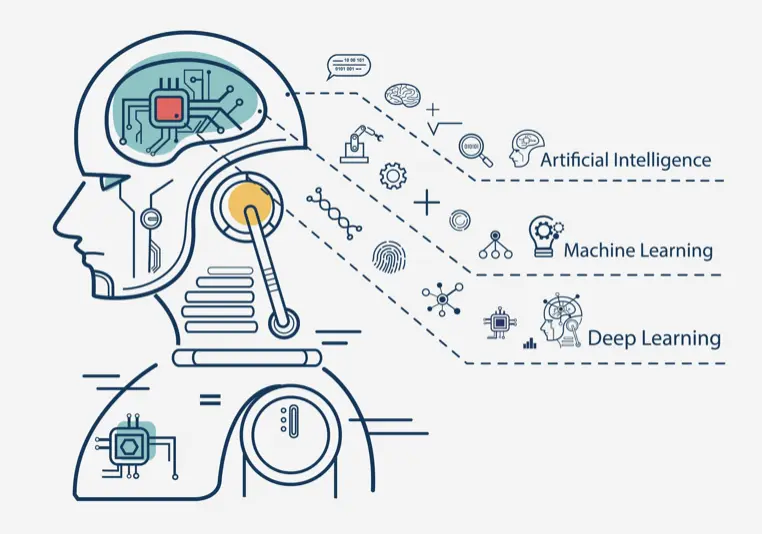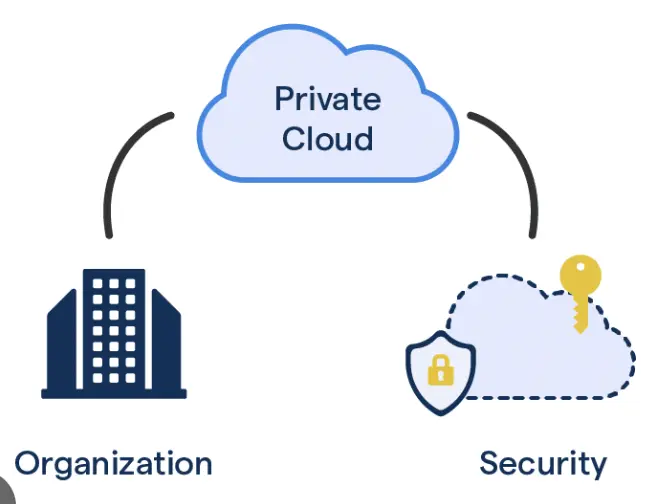In the intricate world of digital advertising, Real-Time Bidding (RTB) stands out as a marvel of efficiency and scale. Every time a user loads a webpage, an auction occurs in milliseconds to determine which ad will be displayed. This process, while swift and seamless, has profound implications for user privacy—especially when third-party cookies are involved. The Anatomy of an RTB Auction When a user visits a webpage, the publisher sends an ad request to an Ad Exchange. This request often includes user data, such as browsing history, location, and device information, typically stored in third-party cookies. Demand-Side Platforms (DSPs) receive this data and decide in real-time whether to bid on the ad impression. Advertisers then place their bids, and the highest bidder’s ad is displayed to the user. This rapid exchange of information, while optimizing ad relevance, also means that user data is shared across multiple entities in the ad tech ecosystem, often without explicit user consent. The Role of Third-Party Cookies Third-party cookies are set by domains other than the one the user is visiting. They track users across different websites, enabling advertisers to build detailed profiles for targeted advertising. In the context of RTB, these cookies are instrumental in identifying users and determining which ads to serve. However, the use of third-party cookies raises significant privacy concerns. Users are often unaware of the extent to which their data is being collected and shared. Moreover, the data collected can be sensitive, encompassing health information, financial status, and personal preferences. Regulatory Landscape and Enforcement In the United States, the Federal Trade Commission (FTC) has taken steps to address privacy violations in RTB. For instance, the FTC settled with Mobilewalla, a data broker, for collecting and selling sensitive location data obtained through RTB exchanges without consumer consent. The settlement prohibits Mobilewalla from selling sensitive location data and mandates the deletion of previously collected data . Additionally, the Protecting Americans’ Data from Foreign Adversaries Act (PADFAA) has been invoked to challenge the sharing of sensitive RTB data with foreign entities. A complaint under PADFAA highlighted how Google’s RTB system broadcasts sensitive personal data, including information from U.S. military personnel and national security leaders, making it accessible to foreign adversaries . Google’s Shift on Third-Party Cookies Google’s decision to abandon its plan to phase out third-party cookies in Chrome has been met with criticism from privacy advocates. The initial plan, part of the Privacy Sandbox initiative, aimed to enhance user privacy while maintaining ad targeting capabilities. However, the initiative faced growing criticism and regulatory scrutiny, leading Google to pivot to a user-choice model . This move underscores the challenges in balancing privacy concerns with the advertising industry’s reliance on user data for revenue generation. Privacy First Alternatives In response to growing privacy concerns, several privacy-first alternatives to third-party cookies have emerged: While these alternatives show promise, they are still in the early stages of adoption and face challenges in scalability and industry buy-in. The Road Ahead The intersection of cookies, privacy, and RTB in programmatic advertising presents a complex landscape. As regulatory pressures increase and consumer awareness grows, the industry must evolve to prioritize user privacy without compromising the effectiveness of digital advertising. Advertisers and publishers should consider adopting privacy-first strategies, such as leveraging first-party data, implementing consent management platforms, and exploring alternative identifiers. Collaboration with regulatory bodies and adherence to privacy standards will be crucial in navigating this evolving terrain.

















